Electric bikes can go up to 20-28 mph, depending on the model and regulations. Electric bikes have gained popularity due to their speed, convenience, and eco-friendliness.
Riders can reach their destination faster without breaking a sweat, making them a great choice for commuters and recreational cyclists alike. In recent years, electric bikes have become a popular choice for individuals looking to reduce their carbon footprint and incorporate exercise into their daily routine.
The ability to reach speeds of up to 20-28 mph allows riders to travel longer distances in shorter amounts of time, making them an attractive option for commuters. Moreover, the electric assist feature offers a boost when needed, providing a seamless riding experience. We will explore the speed capabilities of electric bikes and how they are revolutionizing the way we travel.++++++++++++++++
Electric Bikes And Speed
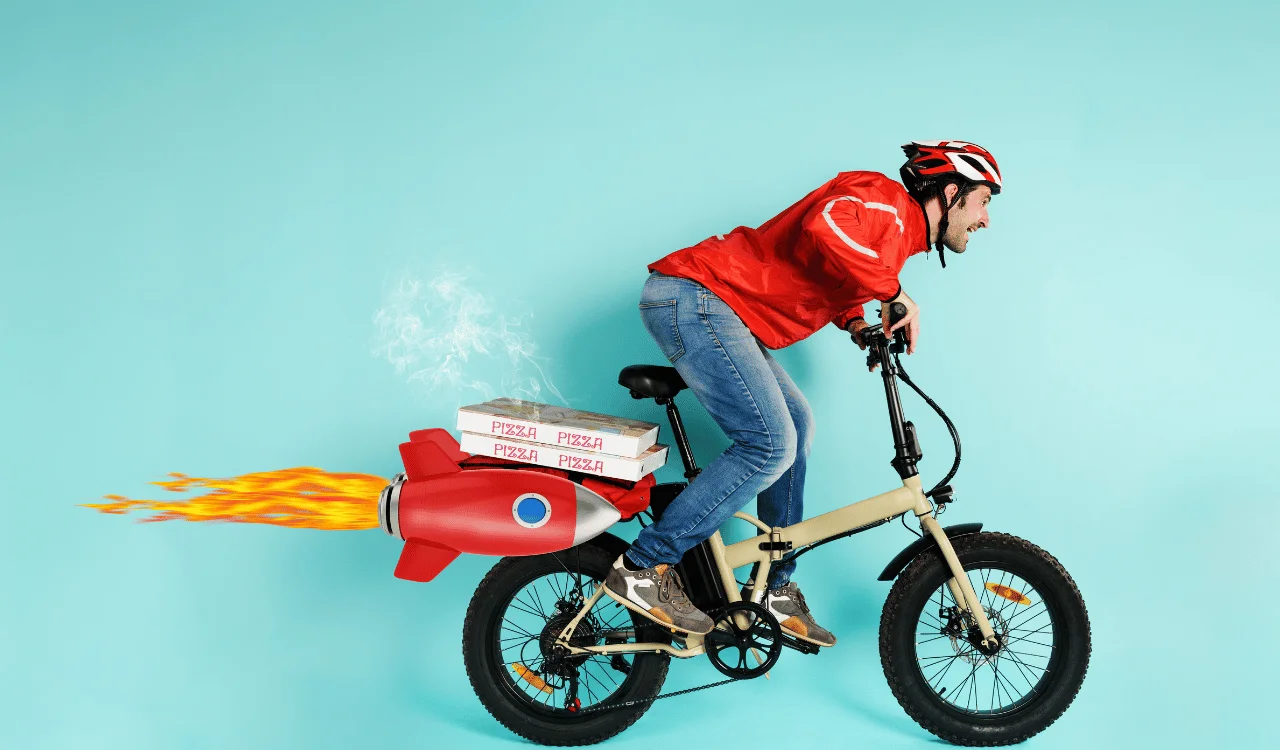
Electric bikes can reach speeds of up to 20 to 28 miles per hour, and some high-performance models can reach even higher speeds. This makes them a convenient and efficient mode of transportation for commuting and leisure activities, providing an eco-friendly alternative to traditional bikes.
The advent of electric bikes has revolutionized urban transportation, offering a sustainable and efficient mode of travel. Electric bikes, also known as e-bikes, are equipped with an electric motor that assists riders in propelling forward, enhancing speed and ease of cycling.
The Advent Of Electric Bikes
Electric bikes have gained popularity due to their ability to reach impressive speeds while requiring minimal physical exertion from the rider. These innovative bicycles provide a fantastic alternative to traditional bikes, allowing riders to cover longer distances with less effort.
Factors Influencing Electric Bike Speed
Several factors influence the speed capabilities of electric bikes, including motor power, battery capacity, terrain, and rider weight. A high-wattage motor and a fully charged battery can significantly enhance the speed at which an electric bike operates, making it an ideal choice for commuting or recreational purposes.
Understanding Electric Bike Speed Limits

Electric bikes have become increasingly popular due to their efficiency and eco-friendly nature. One key aspect to consider when using electric bikes is understanding the speed limits they adhere to.
Legal Speed Limits For Electric Bikes
Electric bikes are subject to specific speed limits defined by local regulations, typically capped at 20 mph. These limits may vary based on different regions.
How Speed Limits Impact Electric Bike Usage
Adhering to speed limits is crucial for safety and compliance. Exceeding speed limits may lead to legal implications and compromise the rider’s safety.
Exploring Different Types Of Electric Bikes

Electric bikes come in various types and offer different speeds, making it essential to explore how fast they can go. Discover the thrilling speed capabilities of electric bikes and find the perfect ride for your needs.
Class 1 Electric Bikes: Pedal-assist
Class 1 electric bikes, also known as pedal-assist electric bikes, are designed to enhance your pedaling power. These bikes come equipped with a motor that provides assistance only when you pedal. The motor is activated by sensors that detect your pedaling motion, allowing it to seamlessly amplify your efforts.
With class 1 electric bikes, you can achieve speeds of up to 20 mph, making them a great choice for leisurely rides, commuting, and even light off-road adventures. The pedal-assist feature helps conserve energy and extends your riding range without compromising on the joy of cycling.
Class 2 Electric Bikes: Throttle-assist
Class 2 electric bikes, also known as throttle-assist electric bikes, provide an extra boost of power without the need for pedaling. These bikes come equipped with a handlebar-mounted throttle that allows you to control the speed of the motor. Unlike pedal-assist bikes, you can ride a class 2 electric bike solely powered by the motor.
With a class 2 electric bike, you can reach speeds of up to 20 mph without exerting any pedaling effort. This feature makes them popular among riders looking for a more relaxed riding experience, as they can simply sit back and enjoy the journey while the motor does the work.
Class 3 Electric Bikes: Speed Pedelecs
Class 3 electric bikes, also known as speed pedelecs, are designed for those seeking a faster riding experience. These bikes, similar to class 1 electric bikes, provide assistance through pedal-assist functionality. However, the main difference lies in their maximum speed.
With class 3 electric bikes, you can reach impressive speeds of up to 28 mph, allowing you to cover longer distances in a shorter amount of time. It’s important to note that in order to ride a class 3 electric bike, you may need to adhere to certain regulations regarding licensing, helmet usage, and age restrictions, as these bikes are considered speed pedelecs.
Overall, electric bikes offer a versatile and efficient way to navigate through city streets, enjoy scenic rides, or even conquer challenging terrains. Whether you prefer pedal-assist, throttle-assist, or speed peddles, each type brings its own unique advantages and caters to different preferences and riding styles.
Key Components Affecting Electric Bike Speed
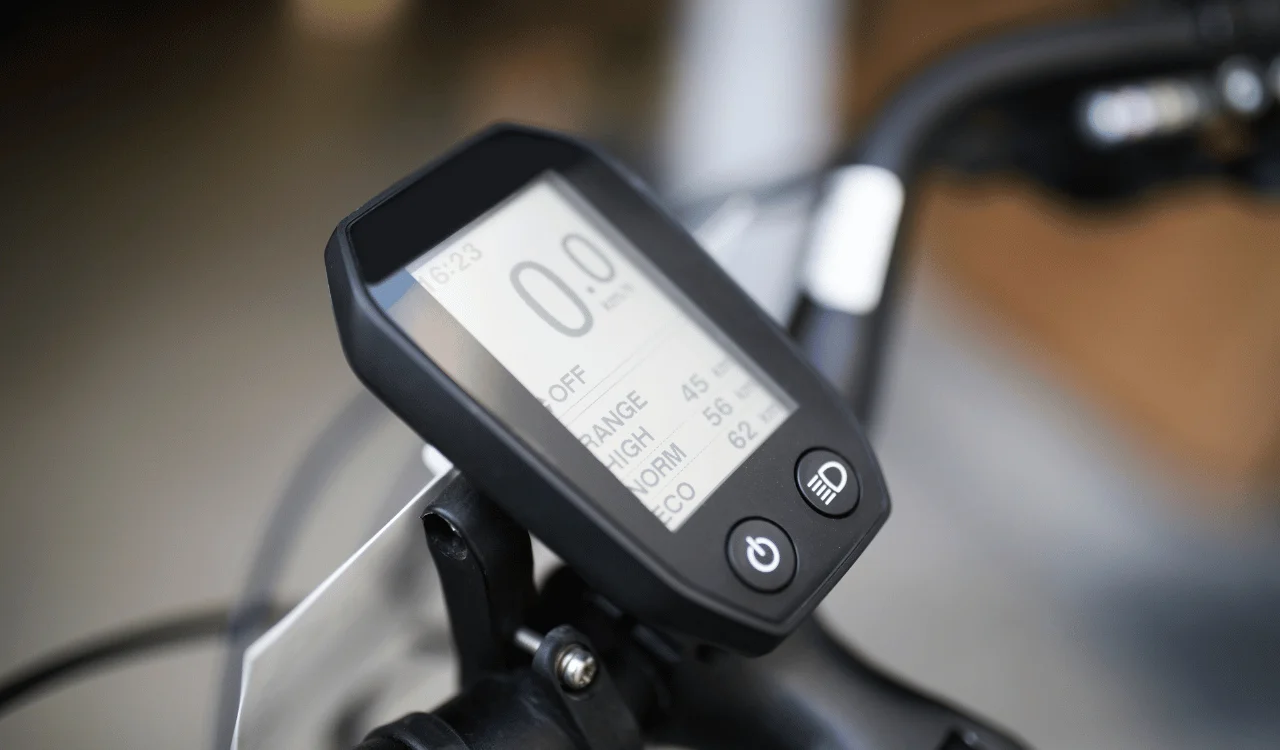
An electric bike’s speed is influenced by several key components, including motor power, battery capacity, and weight. Understanding these factors is crucial for determining how fast an electric bike can go. Let’s delve into the key components affecting electric bike speed:
Motor Power And Wattage
The motor power and wattage of an electric bike significantly impact its speed. Higher wattage motors generally provide greater speed and acceleration. They enable the bike to reach higher speeds and handle incline with ease.
Battery Capacity And Voltage
The battery capacity and voltage also play a pivotal role in determining the speed of an electric bike. Higher capacity batteries can sustain the motor’s power demand, thereby enhancing the bike’s speed and range. Additionally, higher voltage batteries have the potential to deliver more power to the motor, resulting in increased speed.
Weight And Aerodynamics
The weight of the electric bike and its aerodynamic design affect its speed. Lightweight bikes with streamlined designs experience less drag, enabling them to achieve higher speeds. Reducing weight and improving aerodynamics can lead to enhanced overall performance and speed.
Real-world Examples Of Electric Bike Speed
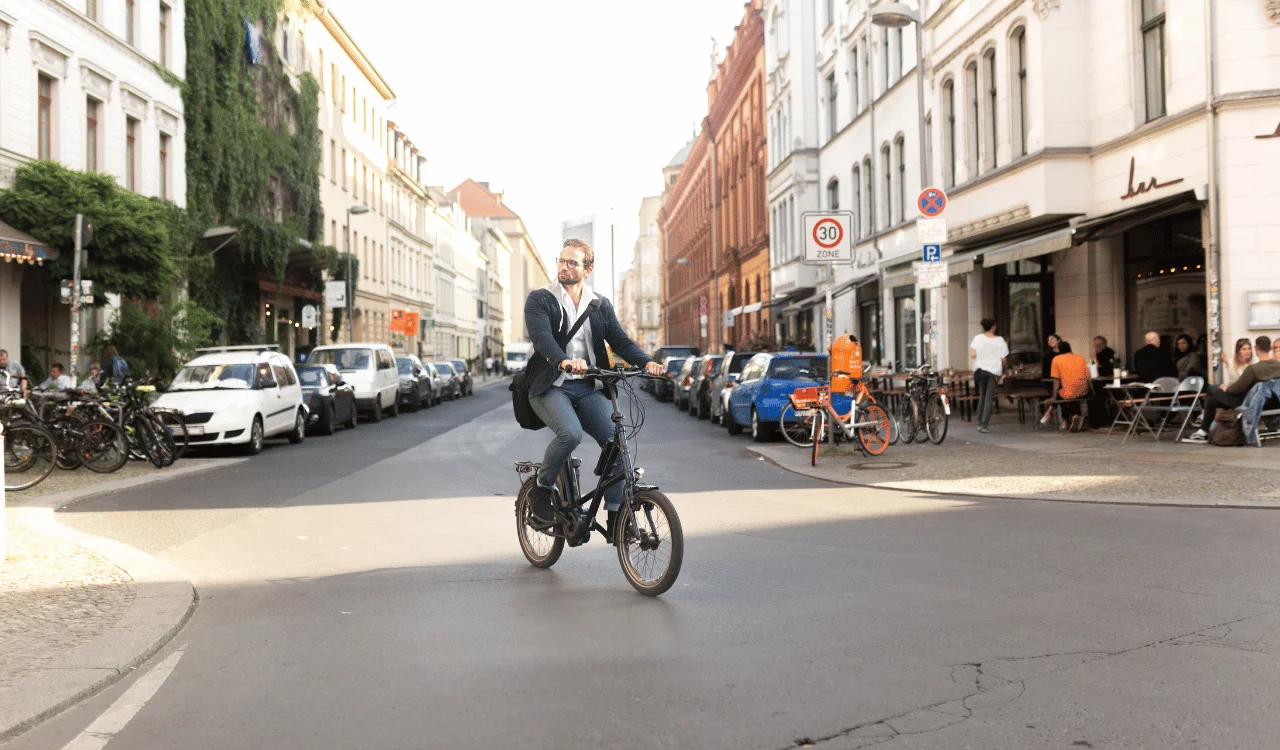
Top Speeds Achieved By Various Electric Bike Models
Electric bikes, or e-bikes, vary in top speed depending on the model and make. Here are examples of popular electric bike models and their top speeds:
- Hi Power Cycles Revolution X9: 104 km/h
- Hallomotor FC-1: 110 km/h
- Stealth B-52: 80 km/h
Impact Of Terrain And Riding Conditions On Speed
Speed can be affected by different factors, including the terrain and riding conditions. Uphill climbs, gravel roads, and strong headwinds can impact an e-bike’s speed, causing it to fluctuate throughout the ride.
Tips For Maximizing Electric Bike Speed
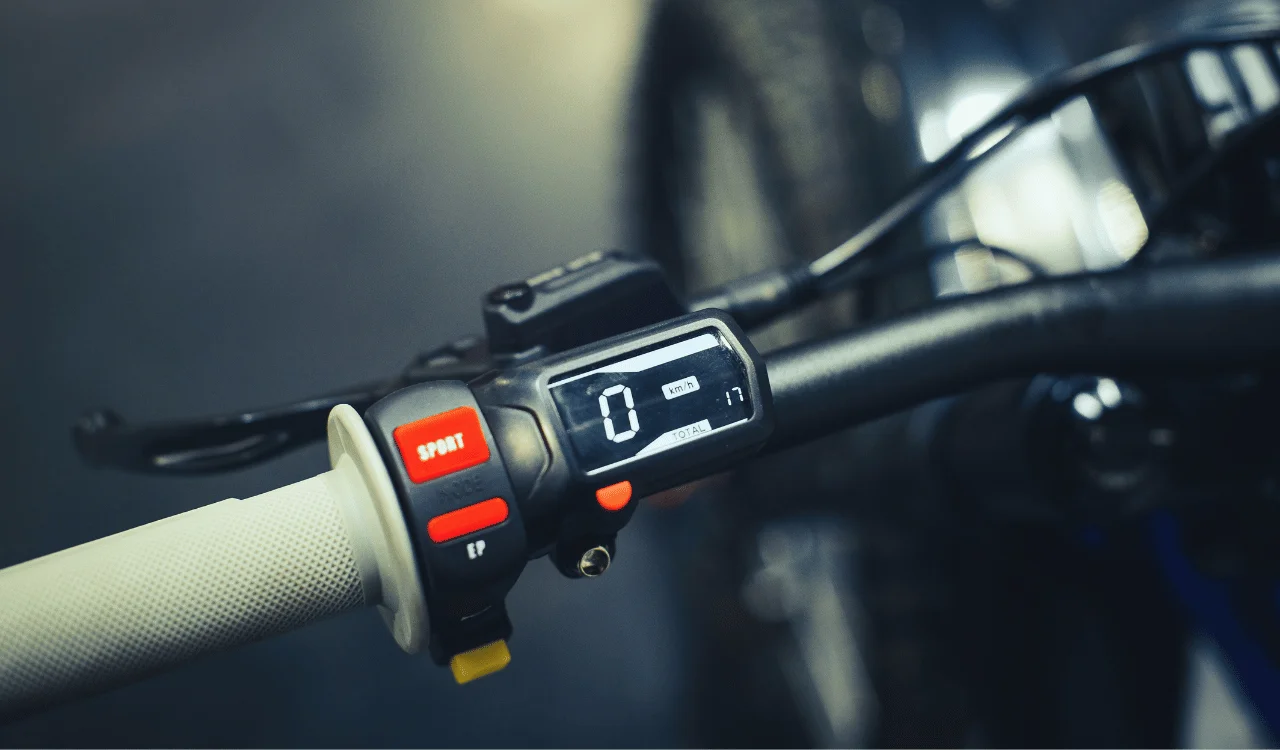
Electric bikes are becoming increasingly popular for their ability to provide fast and efficient transportation. While electric bikes have a maximum speed capability, there are several strategies you can employ to ensure you’re getting the most out of your electric bike speed. Implementing proper maintenance and tire inflation, utilizing gearing and pedal assistance effectively, and optimizing your riding technique are key factors in maximizing electric bike speed.
Proper Maintenance And Tire Inflation
Regular maintenance of your electric bike is crucial for optimal performance and speed. Here are a few maintenance tips to follow:
- Keep your electric bike clean and free of debris that may hinder its speed.
- Regularly check and lubricate the chain to minimize resistance.
- Ensure the brakes are properly adjusted for quick and efficient stopping.
- Regularly inspect and replace worn-out brake pads for maximum braking power.
- Maintain the recommended tire pressure for smooth and fast rides.
Maintaining proper tire inflation is particularly important for achieving maximum speed on your electric bike. Underinflated tires create unnecessary drag and resistance, slowing down your bike. On the other hand, overinflated tires can reduce stability and cause accidents. Refer to your bike’s manual or consult with a professional to determine the recommended tire pressure.
Utilizing Gearing And Pedal Assistance Effectively
Understanding your electric bike’s gears and utilizing pedal assistance effectively can significantly boost your speed. Here’s how you can make the most of these features:
- Choose the appropriate gear before starting your ride. Lower gears provide more torque for starting and climbing hills, while higher gears allow for faster speeds on flat terrain.
- Take advantage of the pedal-assist mode to augment your pedaling power. Experiment with different assistance levels to find the one that suits your desired speed.
- Learn how to shift gears smoothly and efficiently. This ensures that you’re always in the best gear for the terrain and maximizes your speed.
Optimizing Riding Technique
Your riding technique plays a vital role in maximizing electric bike speed. Follow these tips to optimize your riding technique:
- Maintain a consistent and smooth pedaling cadence. Avoid sudden bursts of pedaling or freewheeling, as they can disrupt your speed and efficiency.
- Position yourself aerodynamically on the bike. Keep your body low and close to the handlebars to reduce wind resistance.
- Lean into turns and corners to maintain stability and avoid losing speed.
- Practice good posture and balance to ensure optimal power transfer to the pedals.
- Avoid unnecessary braking by anticipating obstacles and adjusting your speed accordingly.
By implementing these tips for maximizing electric bike speed, you can enjoy faster and more exhilarating rides on your electric bike. Remember to regularly maintain your bike, utilize the available gears and pedal assistance, and optimize your riding technique for the best results.
Safety Considerations At Higher Electric Bike Speeds
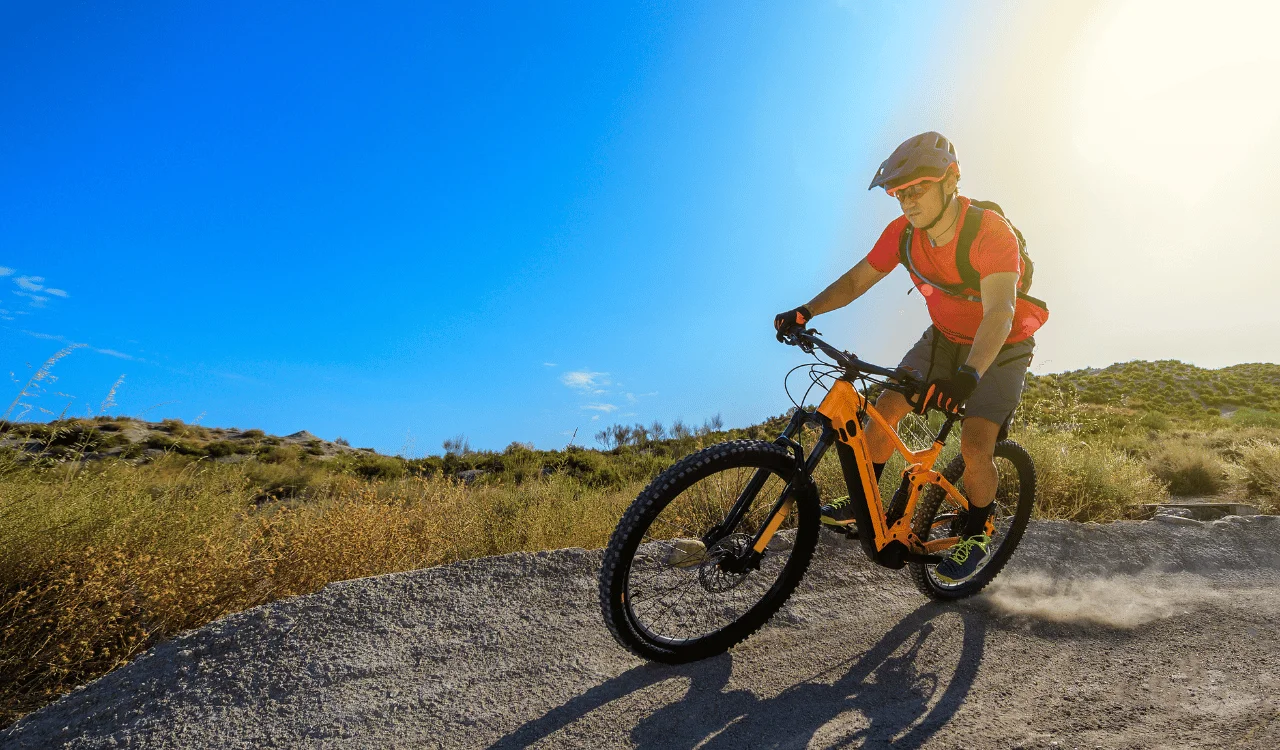
When riding electric bikes at higher speeds, it is crucial to prioritize safety considerations to prevent accidents and injuries.
Protective Gear And Clothing
- Always wear a helmet that fits properly and meets safety standards.
- Opt for padded gloves, knee pads, and elbow pads for added protection.
- Choose close-fitting clothing to avoid entanglement with moving parts.
Safe Riding Practices For Increased Speed
- Regularly check your brakes and tires before riding at higher speeds.
- Maintain a safe distance from other vehicles and pedestrians.
- Obey traffic laws and signals to ensure safe navigation.
The Future Of Electric Bike Speed
The Future of Electric Bike Speed: As technology and regulations continue to evolve, the speed capabilities of electric bikes are transforming. Let’s explore the advancements in electric bike technology and the impact of regulatory changes on their speed.
Advancements In Electric Bike Technology
New innovations are pushing electric bikes to new limits, enhancing their speed capabilities. From lightweight materials to powerful batteries, technological advancements are allowing electric bikes to achieve higher speeds.
Regulatory Changes And Their Impact
Changes in regulations are influencing the maximum speed at which electric bikes can operate. By establishing guidelines and restrictions, regulators are shaping the future of electric bike speed and ensuring safety on the roads.
Frequently Asked Questions
Electric bikes can reach speeds of up to 28 mph, but some models have a top speed of 20 mph due to legal restrictions. Factors such as battery power, motor strength, and terrain affect the speed.
Electric bikes are generally faster than regular bikes due to their motor assistance. They can reach higher speeds with less effort from the rider, making them an efficient mode of transportation.
In the US, electric bikes with a motor power of 750 watts or less are typically limited to 20 mph when using pedal-assist. However, speed restrictions vary by location, so it’s important to familiarize yourself with local regulations.
Some electric bikes offer speed settings that allow riders to adjust the maximum speed according to their preferences or legal requirements. This feature makes it convenient for riders to comply with speed regulations.
Conclusion
Electric bikes have revolutionized the way we commute and explore our surroundings. With their powerful motors and efficient battery systems, electric bikes can reach impressive speeds. From city commutes to off-road adventures, these bikes provide an exhilarating experience for riders of all levels.
Understanding the speed capabilities of electric bikes is crucial in determining which model best suits your needs. So, whether you’re seeking a leisurely cruise or an adrenaline-fueled ride, electric bikes have the power to take you there in style and efficiency.
Experience the thrill of these futuristic machines and embrace the future of transportation.